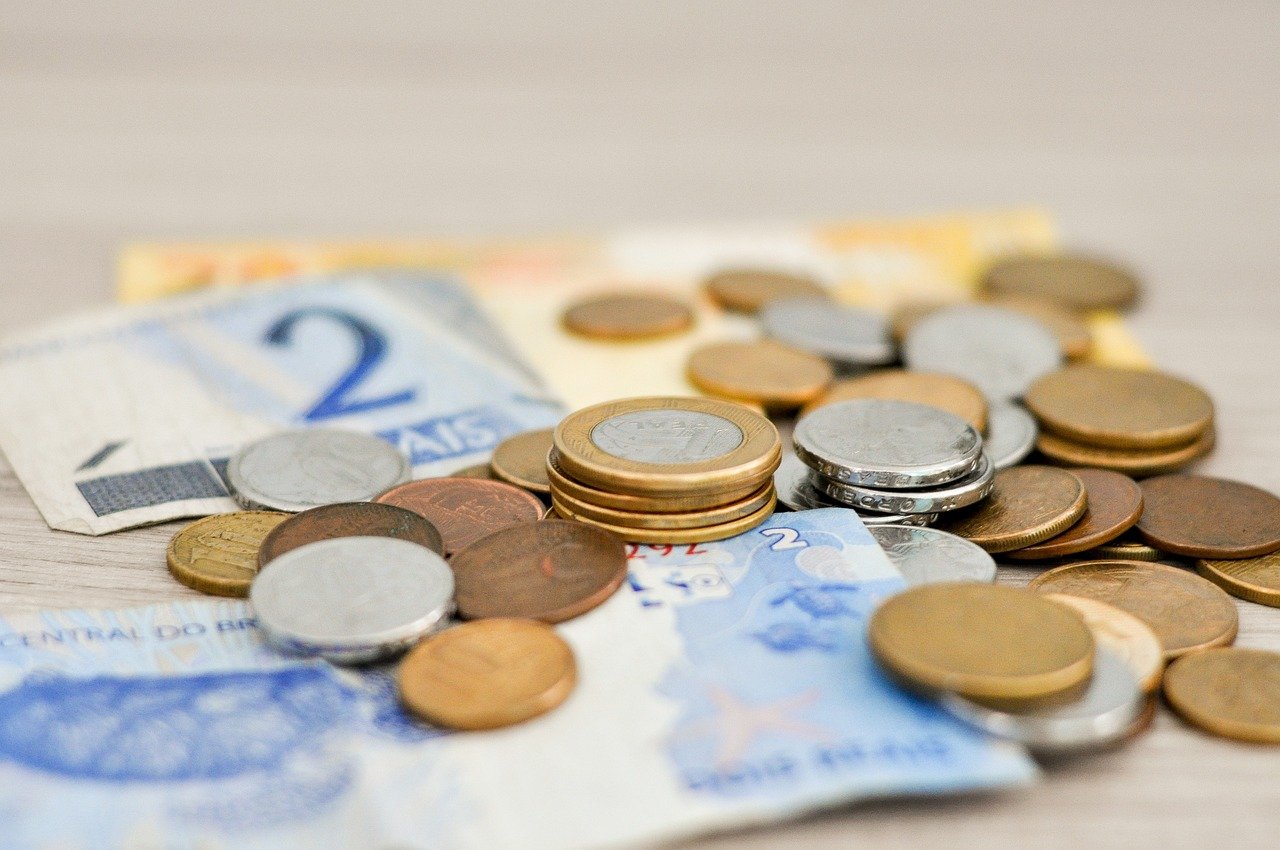An emergency fund acts as a financial safety net for unexpected situations like medical expenses, job loss, or home repairs. Building this fund quickly can provide peace of mind and prevent financial stress. This guide will help you create an emergency fund efficiently, even if you’re starting from scratch.
Importance of Emergency Funds: Quick Overview
| Key Point | Why It Matters |
|---|---|
| Financial Security | Covers unexpected expenses. |
| Avoids Debt | Prevents reliance on loans. |
| Peace of Mind | Reduces stress in tough times. |
| Supports Long-Term Goals | Keeps savings on track. |
Set a Realistic Savings Goal
Determine how much money you need in your emergency fund. Ideally, aim for at least three to six months’ worth of essential expenses, such as rent, utilities, groceries, and transport. If this amount feels overwhelming, start with a smaller goal, like saving Rs. 10,000, and gradually increase it. Breaking the goal into smaller milestones makes it easier to achieve.
Cut Non-Essential Expenses
To save money quickly, reduce unnecessary expenses. Cancel subscriptions you don’t use, eat out less often, and avoid impulse shopping. Review your monthly expenses and identify areas where you can cut back. Even small savings, like skipping expensive coffee or limiting online shopping, can add up significantly over time.
Automate Your Savings
One of the best ways to save consistently is to automate your savings. Set up a separate bank account for your emergency fund and arrange for automatic transfers from your main account each month. For example, transfer a fixed amount, like Rs. 2,000, right after receiving your salary. Automation ensures that you save first and spend later.
Find Additional Income Sources
Boost your savings by earning extra income. Take on freelance work, start a side business, or sell unused items online. For example, you can tutor students, provide online services, or sell clothes and accessories you no longer use. Every additional rupee earned can go directly into your emergency fund, helping you reach your goal faster.
Use Unexpected Income Wisely
Bonuses, tax refunds, or gifts are great opportunities to grow your emergency fund. Instead of spending this unexpected income on non-essentials, deposit it into your emergency account. This approach can give your savings a significant boost without affecting your monthly budget.
Track Your Progress
Regularly monitor how much you’ve saved towards your emergency fund. Use a savings tracker or write down your milestones. Tracking progress keeps you motivated and shows how close you are to your goal. Celebrate small victories, like reaching the halfway mark, to stay encouraged and focused.
Conclusion
Building an emergency fund quickly requires discipline, focus, and smart financial decisions. By setting a clear goal, cutting unnecessary expenses, automating savings, earning extra income, and using windfalls wisely, you can create a safety net in a short time. Start today, and ensure your financial security for the future.
FAQs
1. How much money should I save in an emergency fund?
Ideally, save three to six months’ worth of essential expenses. Start small and increase gradually.
2. Can I build an emergency fund with a low income?
Yes, by saving small amounts consistently, cutting expenses, and finding extra income sources.
3. Where should I keep my emergency fund?
Store it in a separate savings account for easy access while earning interest.
